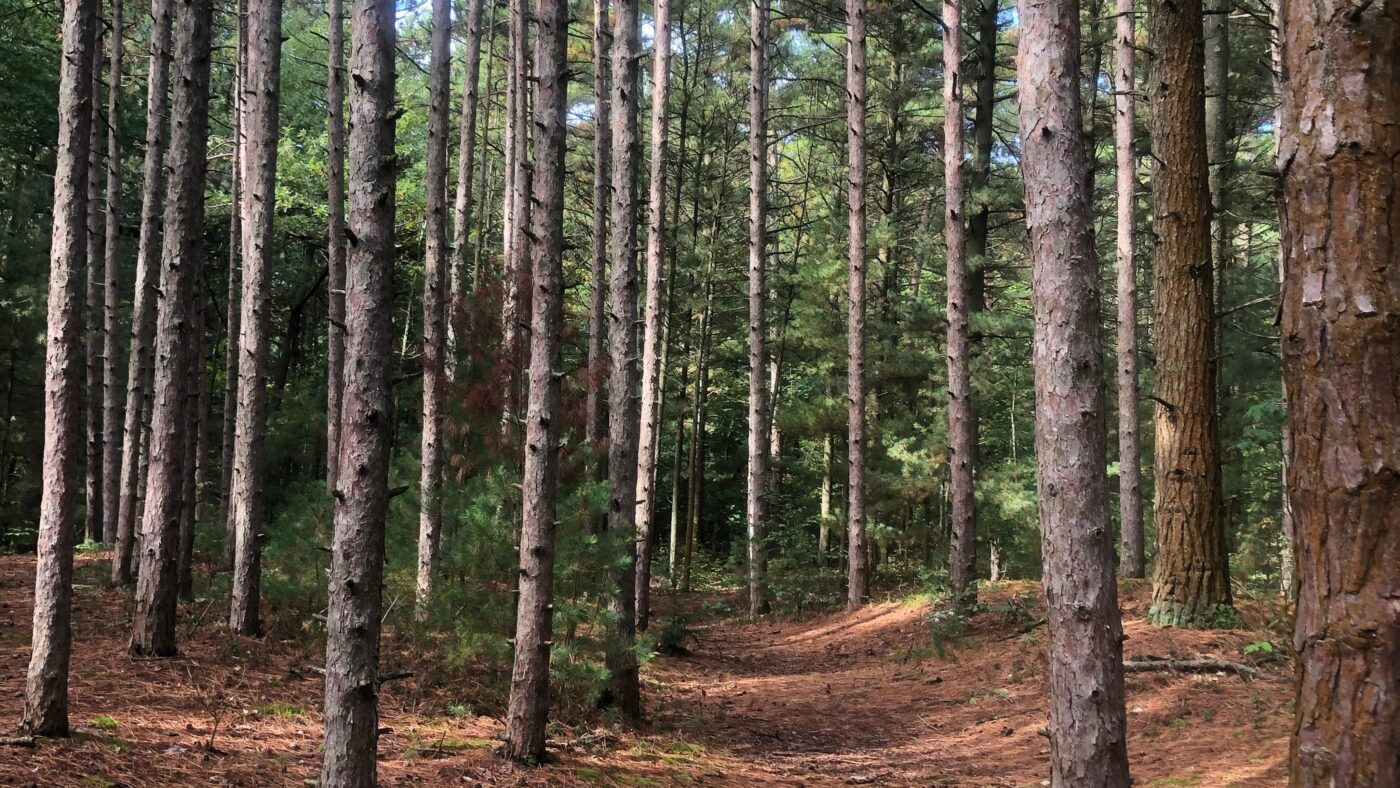No products in the cart.
Journal
What should i do if i get lost in the woods
Getting lost in the woods can be a terrifying experience, but staying calm and knowing what to do can make all the difference. Whether you’re an experienced hiker or a casual adventurer, understanding survival strategies can help you navigate your way back to safety or endure until help arrives. Here are the essential steps to take if you find yourself lost in the wilderness.
1. Stay Calm and Assess Your Situation
Panic is your worst enemy when lost. Take a deep breath, stop moving, and carefully assess your surroundings. Avoid making rash decisions, as wandering aimlessly can lead you further from safety. Instead, try to recall how you got there and identify any landmarks that may help orient you.
2. Follow the STOP Rule
The STOP rule is a well-known survival technique:
- Stop: Halt immediately to avoid getting more lost.
- Think: Analyze your situation and recall the path you took.
- Observe: Look around for recognizable features, trails, or signs of civilization.
- Plan: Decide whether to stay put or carefully attempt to find your way back.
3. Try to Retrace Your Steps
If you have a clear memory of your path, backtracking carefully can help you return to familiar ground. However, if you’re uncertain, staying put and signaling for help is often the safer choice.
4. Look for Water and Shelter
If you are stranded for an extended period, finding water is a priority. Look for streams, lakes, or dew on plants. Always purify water before drinking using a filter, boiling, or purification tablets if available. Shelter is also vital for protection from weather conditions. Use natural materials like branches and leaves to create insulation and cover.
5. Signal for Help
Making yourself visible increases the chances of rescue. Try the following methods:
- Whistle or Shout: If you have a whistle, blow it in groups of three as a distress signal.
- Make a Fire: A fire not only provides warmth but also creates smoke, which can be seen from afar.
- Use Bright Clothing or Reflective Objects: Lay out bright items in an open area to attract attention.
- Ground Signals: Create large markings with rocks, logs, or stomped-down grass to signal rescue teams from the air.
6. Use Natural Navigation Techniques
If you must move, use nature to help navigate:
- Follow Water Sources: Streams and rivers often lead to larger bodies of water, roads, or settlements.
- Observe the Sun and Stars: The sun rises in the east and sets in the west, helping you determine direction.
- Look for Trails and Signs of Civilization: Animal trails, footprints, or cut tree stumps may indicate human activity nearby.
7. Conserve Energy and Stay Warm
Avoid unnecessary exertion to conserve energy. If it’s cold, insulate yourself with extra layers of clothing or natural materials like leaves. Keeping your core temperature stable is essential for survival.
8. Maintain a Positive Mindset
Mental resilience is key to survival. Staying hopeful and focused helps you make rational decisions and prevents panic. Keep reminding yourself that help will come and that you have the skills to endure the situation.
No one plans to get lost, but being prepared and knowing what to do can save your life. Whether you’re hiking, camping, or exploring, always carry essential survival gear, inform someone of your plans, and stay aware of your surroundings. With the right mindset and knowledge, you can safely navigate any unexpected wilderness challenge.

